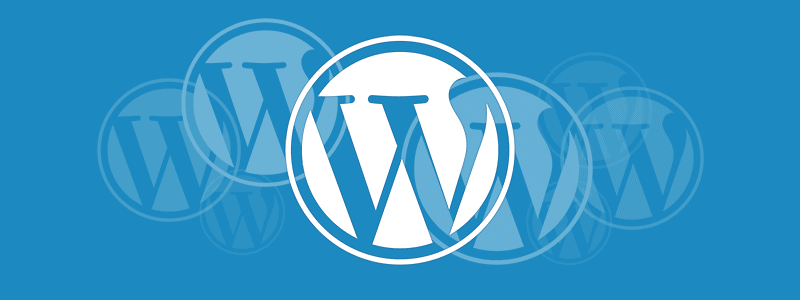WordPress Multisite, relevant for your business?
We use WordPress Multisite extensively in our work. In this post we cover a number of different situations where we have relied on this lessor known use of WordPress.

We have done a lot of work with Multisite over the years, both using it in our WordPress hosting environment as well as implementing it for various client projects.
Rarely does a new client come to us specifically asking for Multisite, I think because it’s not really well understood outside of the WordPress development community. So, let’s get a quick explanation as to what it is then I’ll dive into some real world examples where we’ve used it.

What is Multisite?
A normal WordPress install is comprised of a MySQL database and the files that make up WordPress. Mostly PHP but some other bits and pieces in there too. One hosting account is provisioned for this kind of setup, then a domain name (eg xyz.com.au) is pointed at it and you’re done.
With Multisite, in fact it’s very similar.
One copy of WordPress, one MySQL database – the difference is that there’s the capability to run more than one website in the same setup. I won’t get into the geek stuff too much. In short there is a set of tables in the database provisioned for each individual website instance that is running in the environment. Or put more simply each website has it’s own discrete area of the database put aside to store its content.
When you upload media (think images or video etc.. ) WordPress stores this on the file system of your hosting. Where Multisite is in use a directory structure is setup to separately store the media from each website.
One copy of WordPress and one database can power tens, hundreds or in the right kind of setup thousands of WordPress websites.
Ease of maintenance
When you install a plugin in a Multisite setup it can be made available to all the websites, same goes with themes. Instead of having 10 separate WordPress installs and all the plugins that go along with that it’s centralised. When it comes time to update to the latest version of a plugin, you update it once, it’s updated for all of the sites.
The same applies, fairly obviously with WordPress itself. Since there is only one copy of it, you update that and you’re providing that update to all of the websites contained within.
It can be a brilliant way to host and manage a large number of WordPress sites.
How do we use WordPress Multisite?
Where it really shines is where you have a number of WordPress sites that are similar. Not meaning the content of the site but the architecture of the site. The plugins that are used and perhaps the themes that are in play.
We have a number of projects where we build multiple sites. Godfrey Pembroke is a well known Financial Planning company. Over the past few years we have built over 50 WordPress sites for the financial advisers in this group. Multisite is outstanding here. The core functionality and the plugins used across all of these sites are nearly identical. Being able to centrally manage all of these sites under an umbrella setup saves a lot of time and resources.
Late 2014 saw us role out much the same solution for another project. This time the Aon network of financial planners. Again because the core requirements of the sites was to be very similar the same solution could be implemented.
While these two examples add up we don’t stop there.
In other situations we have a single client with a number of websites that are in fact quiet varied. The consistent thing here however is the users. Here, a user may login once and then proceed to manage a number of discrete websites, another great advantage of Multisite. There is a clear permission system setup so that an individual user can be assigned to specific sites and not others.
Even though the sites themselves may be very different it’s often the fact that the underlying group of WordPress plugins is still very similar. So the benefits when it comes time to manage this kind of setup are still there.
Why is Multisite not used everywhere?
Well it’s old adage of using the right tool for the job.
There’s no doubt, setting up Multisite is not for the novice. And, there are situations where it can get in the way. Moving individual sites into and out of a Multisite environment can be tricky. It’s fine where the setup is for one client and they’re placing all of their web properties into that setup. Where you have lots of individual clients, and for some reason one needs to move their site, getting it out of the environment can be tricky. Not impossible, just a fun afternoon’s work.
Likewise where individual sites are going to grow to being very large, Multisite can be a problem. Not in the way that you’d think though. MySQL on the right hosting setup is very robust and can store a lot of data without too much fuss. More so it’s problems like backing up the system. In an individual site or a group of sites that have a large media library (think thousands of images) the size of the installation will grow very quickly. And while the core system can cope with that you have to have the right tools in place to be able to create regular backups of the system that can be easily restored.
Think Multisite is right for you?
It may well be. And that is good. If you’d like to have a chat about your situation we can certainly share some of our experience with you. Feel free to post a comment below or perhaps send us a message via our contact form here.

Reader Interactions